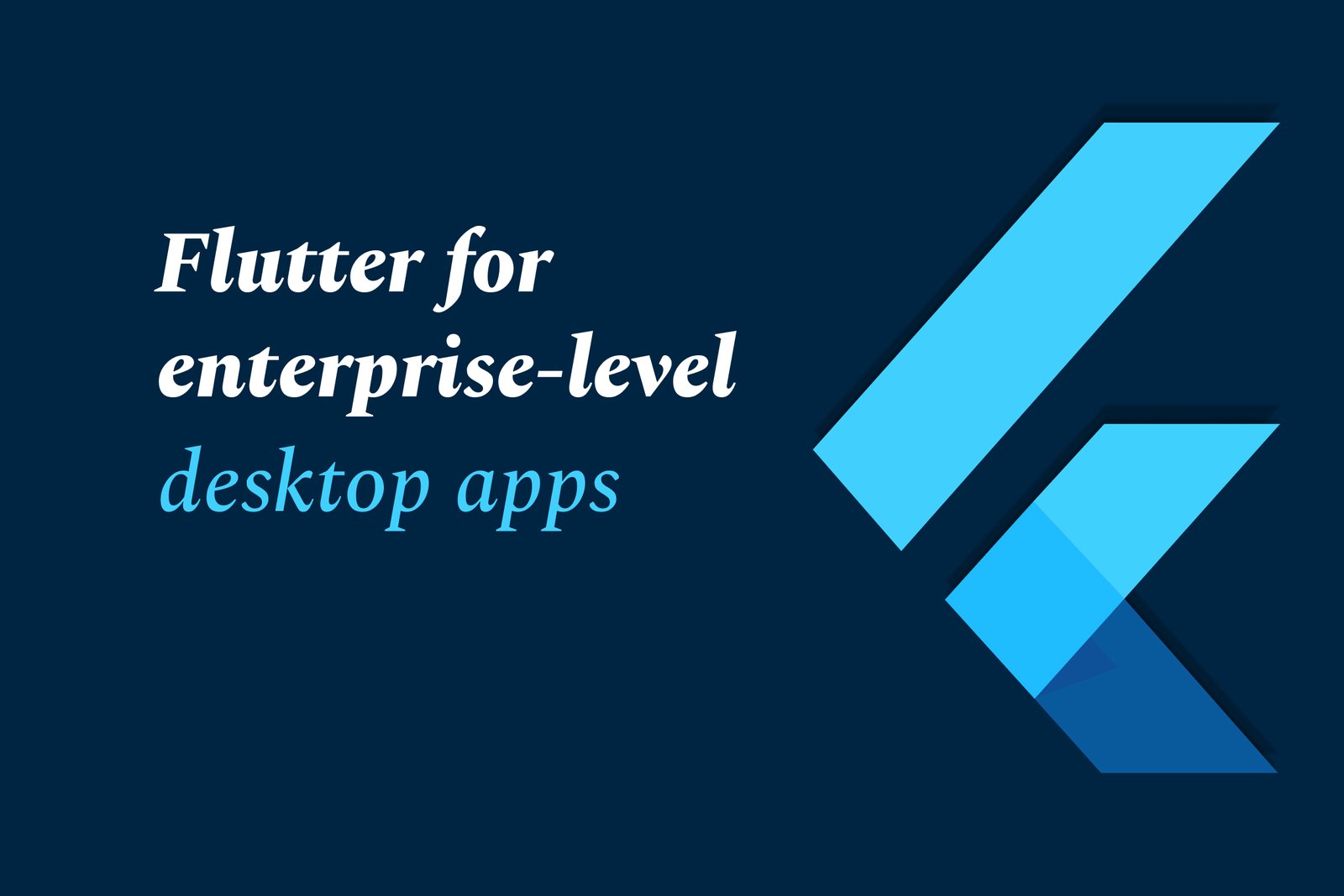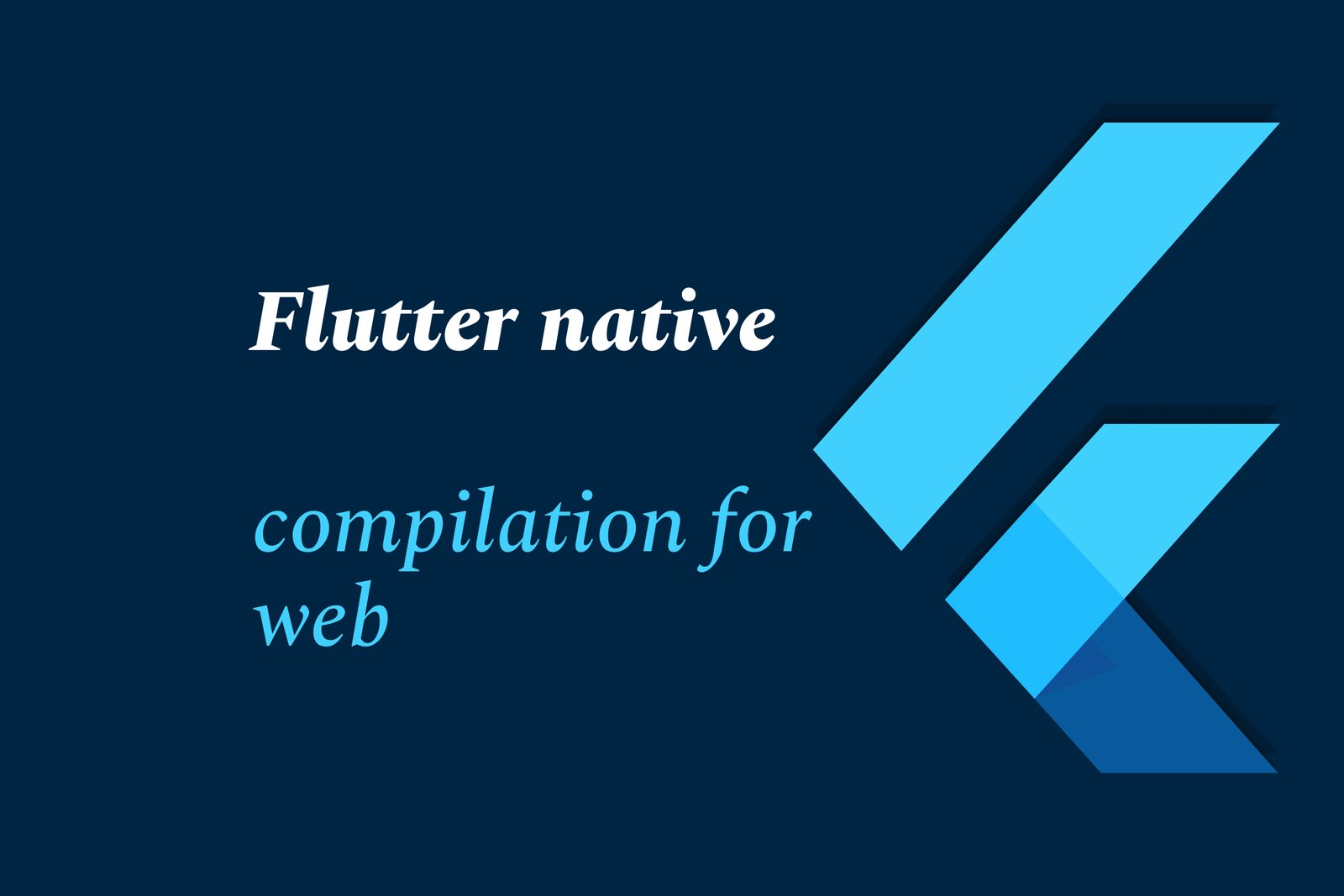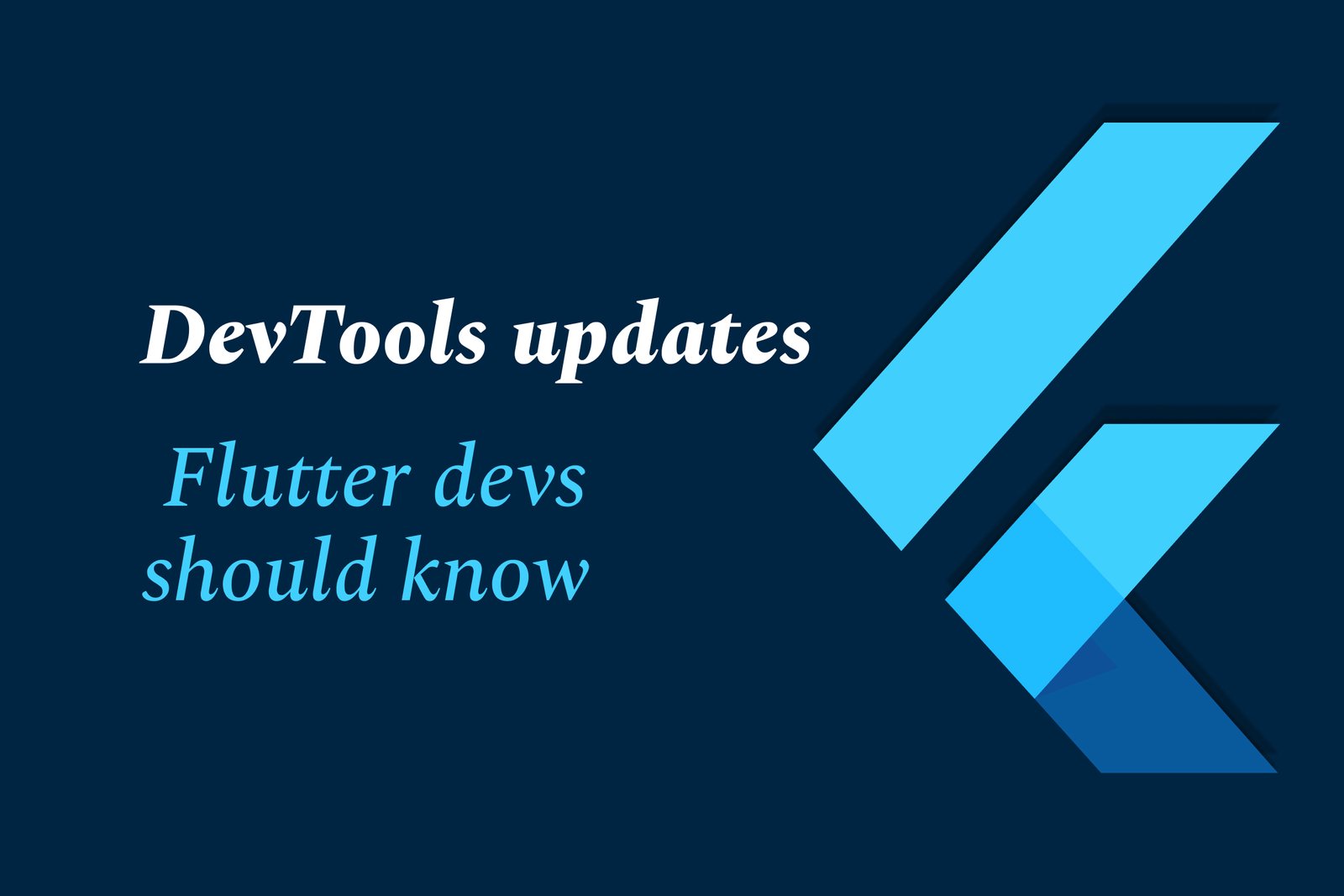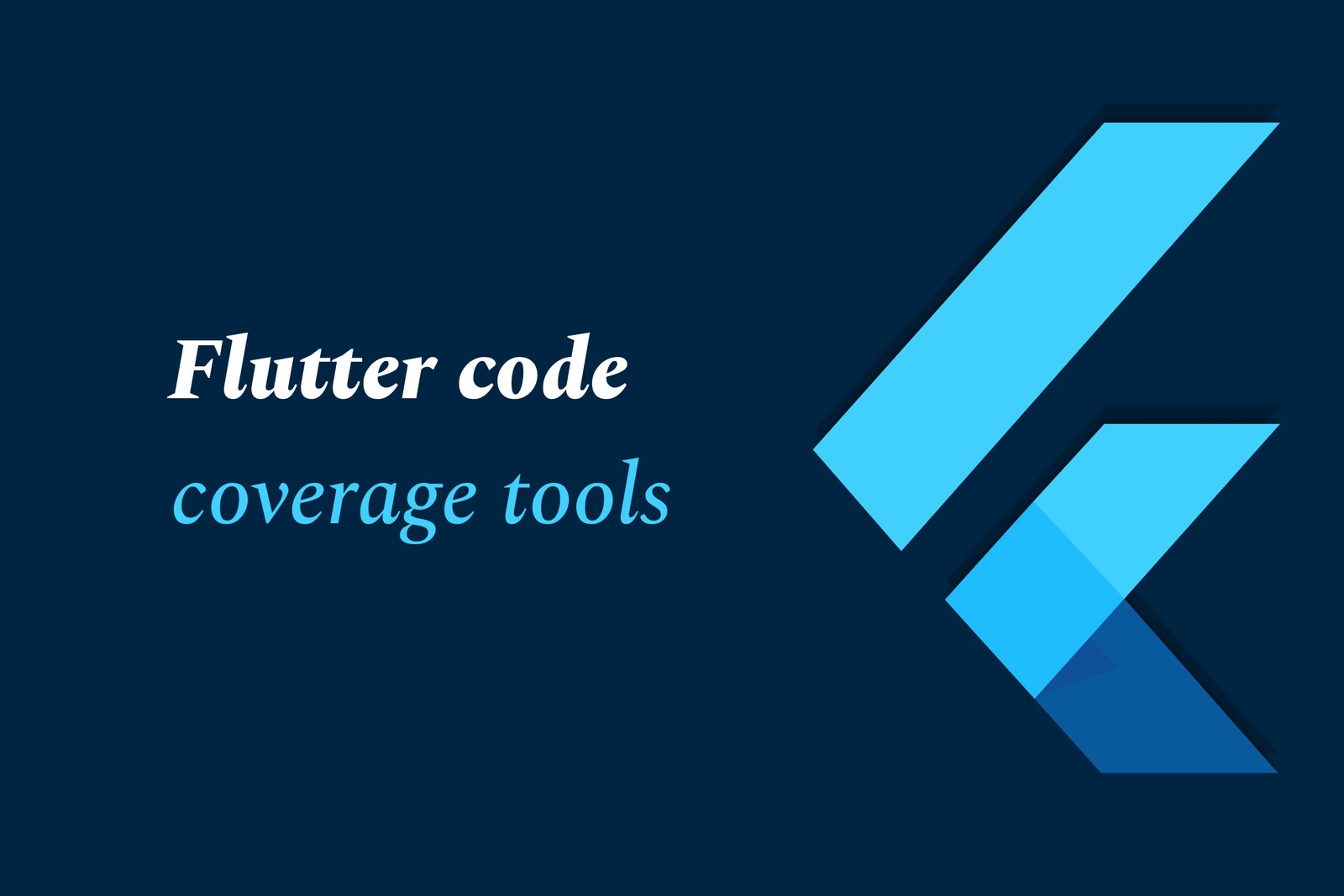Flutter for Enterprise-Level Desktop Apps
Flutter enables building high-performance, cross-platform desktop apps for enterprises using a single codebase. It offers native-like UI, fast development with hot reload, and seamless OS integration, making it ideal for scalable, maintainable, and consistent enterprise desktop solutions.
Flutter for enterprise level desktop apps
1 ) Introduction to Flutter for Desktop
Flutter, initially released for mobile, has expanded to support desktop app development across Windows, Mac, and Linux platforms.
It offers native compiled performance without relying on bulky browser engines, enabling high quality, performant desktop applications.
Access to native platform APIs (Win32, Cocoa, UNIX) allows integration with underlying OS functionalities.
2 ) Advantages of Flutter in Enterprise Desktop Applications
Cross platform Single Codebase: Flutter enables building apps for multiple platforms (mobile, web, desktop) from a single codebase, reducing development time and maintenance costs.
Rich Widget Library: Provides consistent UI/UX design and faster development cycles through an extensive collection of customizable widgets.
Hot Reload and Developer Tools: Streamlines testing and iterative development, improving productivity and developer experience.
Performance: Native compilation ensures smooth and responsive apps comparable to traditional native development.
3 ) Challenges in Large scale Flutter Projects
Code Ownership and Collaboration: Managing a single codebase shared by multiple teams can lead to difficulties in assigning clear ownership and responsibility.
Communication Complexity: Large enterprise projects often involve multiple teams and domains, necessitating structured communication strategies to avoid backend and frontend contract mismatches and to streamline cooperation.
Navigation and Localization: Handling complex navigation flows and multi language support require thoughtful architectural decisions in large apps.
Legacy Management: Balancing new feature development with maintaining existing codebase to prevent technical debt buildup.
4 ) Best Practices for Enterprise Flutter Development
Organize teams around clear modular code ownership within the unified codebase to decentralize responsibility while maintaining quality.
Use packages and modular architecture to separate concerns and isolate features.
Implement standardized design systems and UI components to ensure visual consistency across the application.
Facilitate efficient backend frontend communication through contract driven development and automated synchronization.
Plan navigation and localization strategies early to avoid complexity during scaling.
Continuously refactor and manage legacy code to sustain maintainability over time.
5 ) Use Cases and Industry Adoption
Successful large scale enterprise applications (such as banking apps) have been developed using Flutter, demonstrating its viability for complex, multi team projects.
Companies valued Flutter for reducing code size, accelerating release cycles, and delivering polished cross platform experiences.
6 ) Conclusion
Flutter is rapidly evolving as a strong contender for enterprise level desktop applications with significant benefits in performance, UI consistency, and development efficiency.
Despite challenges inherent to large scale development, proper architectural and team management strategies can fully leverage Flutter’s capabilities.
For enterprises seeking cross platform solutions with a single technology stack, Flutter presents a strategic choice that aligns well with future scalability and product quality goals.
https://justacademy.in/news-detail/ai-in-flutter:-smarter-ux-and-features
https://justacademy.in/news-detail/flutter-4.0-release-date-and-roadmap
https://justacademy.in/news-detail/trending-flutter-plugins-in-2025
https://justacademy.in/news-detail/firebase-updates-for-flutter-apps
https://justacademy.in/news-detail/building-pwas-with-flutter-in-2025
Related Posts
Top Flutter animation packages like SpinKit, Animations, and Flutter Animate simplify adding smooth, engaging animations to apps. They offer ready-made loaders, material transitions, and versatile effects, enhancing user experience with minimal code and improved UI appeal.
Flutter AI packages are rapidly gaining traction by enabling developers to easily integrate powerful AI features like machine learning and natural language processing into cross-platform apps, boosting innovation and efficiency within the growing Flutter ecosystem.
Flutter enables cross-platform desktop app development with a single codebase, offering fast UI design, native performance, and strong community support. However, it faces challenges like larger app sizes, limited desktop-specific features, and a less mature ecosystem compared to native tools.
Flutter AI combines Flutter’s cross-platform app development with AI technologies to create smart, efficient fintech and healthcare apps—enabling fraud detection, personalized finance tips, medical imaging, virtual health assistants, and automation for improved user experience and operational efficiency.
Flutter's Linux desktop support has steadily advanced, improving performance, native theming, and integration with Linux desktop environments. Collaboration with Canonical and the community is driving better window decorations, menu support, and release-ready app builds for seamless Linux app development.
Flutter is a versatile UI toolkit by Google enabling cross-platform app development, increasingly used for Smart TVs and IoT devices. It allows building native-like interfaces for diverse platforms, streamlining development despite challenges like remote navigation and platform-specific integration.
Flutter native compilation for web transforms Flutter code into efficient JavaScript and WebAssembly, enabling fast, high-performance web apps with smooth UI rendering. This approach delivers near-native speed and consistency across browsers using a single codebase.
Flutter DevTools has been updated with enhanced performance profiling, an improved widget inspector, network monitoring, Material You theming support, faster hot reload/restart, and better accessibility tools—helping developers debug and optimize Flutter apps more efficiently.
Flutter code coverage tools measure the percentage of code executed during testing, helping developers identify untested parts. Using commands like `flutter test --coverage` and tools like LCOV and VSCode extensions, they visualize coverage to improve code quality and reliability.
In 2025, Dart Pub remains a vital hub for discovering and managing Dart packages, driven by Flutter’s growth. Trends focus on enhanced cross-platform tools, improved performance, richer libraries, and rising use in innovative apps like AR, making Dart Pub essential for versatile, modern development.










